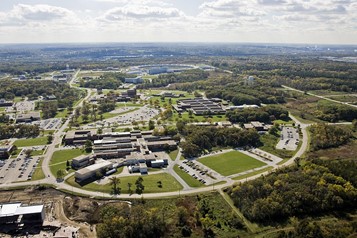Argonne National Laboratory announced the release of their updated AFLEET tool this week, which will help the public and Clean Cities program stakeholders around the country estimate their energy use, total emissions and cost of owning alternative fuel vehicles. Enlisted by the Department of Energy’s Technology Integration Program, Argonne leveraged its expertise in alternative fuels to examine the economic and environmental costs and benefits of alternative fuels in its new tool.
The Alternative Fuel Life-Cycle Environmental and Economic Transportation (AFLEET) tool is integrated into the lab’s GREET (Greenhouse Gases, Regulated Emissions, and Energy Use in Technologies Model) tool, which conducts a life-cycle analysis of technologies and energy systems.

“We include, from top to bottom, the vehicle cycle,” said Andy Burnham, principal environmental scientist at Argonne, “Often times you get questions that are like, ‘Yeah, those electric vehicles might have no tailpipe emissions, but what about the battery?’ and GREET has another platform that can calculate this energy usage, so we’ve incorporated that data into AFLEET as well.”
While the program is constantly undergoing updates, the latest editions include updated vehicle costs (purchase price, depreciation, maintenance, insurance and fees), updated fuel prices from the Clean Cities Fuel Price Reports and updated vehicle emissions factors from the EPA’s third major Motor Vehicle Emission Simulator (MOVES).
“We have 18 fuel and vehicle technologies includes, so conventional ones like gasoline and diesel, and we have hybrids, plug-in electrics and alternative fuels,” Burnham said at the explanatory webinar Argonne produced on April 12.
Features such as the simple payback calculator, idle reduction calculator and EV charging calculator allow massive conglomerations of data to become easily accessible.
“We have data for both public and private fueling stations by state,” Burnham said, “We provide defaults based on what we’ve seen in the past year and can also provide projections to run scenarios.”
The tool is open to the public and serves as a prime opportunity for comparative alternative vehicle research for stakeholders, non-profit organizations and private individuals alike and is highly customizable. Learning about alternative fuels vehicles, and their benefits, has never been easier.
For a tutorial on how to use the tool, visit the Clean Cities website.
By Jenna Spray
Chicago Area Clean Cities



